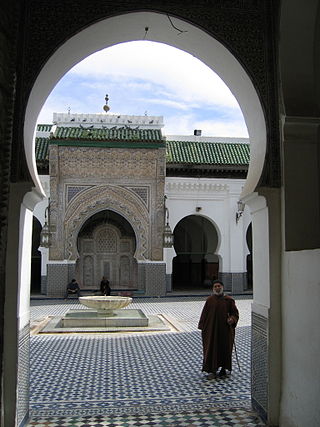
The economy of Cambodia currently follows an open market system and has seen rapid economic progress in the last decade. Cambodia had a GDP of $28.54 billion in 2022. Per capita income, although rapidly increasing, is low compared with most neighboring countries. Cambodia's two largest industries are textiles and tourism, while agricultural activities remain the main source of income for many Cambodians living in rural areas. The service sector is heavily concentrated on trading activities and catering-related services. Recently, Cambodia has reported that oil and natural gas reserves have been found off-shore.

The Economic Research Institute for ASEAN and East Asia or ERIA is an international organization established in Jakarta, Indonesia in 2008 by a formal agreement among Leaders of 16 countries in the East Asian region to conduct research activities and make policy recommendations for further economic integration in the East Asia. ERIA works very closely with both the ASEAN Secretariat and 16 Research Institutes to undertake and disseminate policy research under the three pillars, namely “Deepening Economic Integration”, ”Narrowing Development Gaps”, and “Sustainable Development” and provide analytical policy recommendations to Leaders and Ministers at their regional meetings. ERIA provides intellectual contributions to East Asian Community building and serves as a Sherpa international organization. ERIA Ranks 9th among the world's "Top International Economics Think Tanks" according to the 2020 Global Go To Think Tanks Index Report conducted by the University of Pennsylvania.

Science and technology in Morocco has significantly developed in recent years. The Moroccan government has been implementing reforms to encourage scientific research in the Kingdom. While research has yet to acquire the status of a national priority in Morocco, the country does have major assets that could transform its R&D sector into a key vehicle for development. The industry remains dominated by the public sector, with the universities employing 58% of researchers. Morocco's own evaluation of its national research system – carried out in 2003 – revealed that the country has a good supply of well trained high quality human resources and that some laboratories are of very high quality. However, the greatest gap at that point of time lied in the link between research and innovation. The educational qualifications of Moroccan researchers have increased significantly since the early 1990s. The University of Al-Karaouine is considered the oldest continuously operating academic degree-granting university in the world.
Science and technology is Jordan's growing economic sector. This growth is occurring across multiple industries, including information and communications technology (ICT), solar and wind energy and nuclear technology.
Innovation in Malaysia describes trends and developments in innovation in Malaysia.
Science and technology in Botswana examines recent trends and developments in science, technology and innovation policy in this country. The Republic of Botswana was one of the first countries of the Southern African Development Community (SADC) to adopt a science and technology policy in 1998. This was later updated in 2011.
This article examines trends and developments in science and technology in Malawi. As we all know Malawi is a developing country and they have little resources. As people we should try to donate to such countries so that tomorrow we might have a better Eart. And if one person could donate as much as 1€, 1£,1¥,1₩, 1$ or R1 it could make a huge change.
This article examines trends and developments in science and technology in Zimbabwe since 2009.
The European Union's scientific collaboration beyond the bloc describes the European Union's frameworks for bilateral cooperation and specific projects in science and technology, with countries and regional blocs situated beyond the European Union.
Science and technology in Tanzania describes developments and trends in higher education, science, technology, innovation policy, and governance in the United Republic of Tanzania since the turn of the century.
Science and technology in Armenia describes trends and developments in science, technology and innovation policy and governance in Armenia.
Science and technology in Kazakhstan – government policies to develop science, technology and innovation in Kazakhstan.
Science and technology in Uzbekistan examines government efforts to develop a national innovation system and the impact of these policies.
Science and technology in Kyrgyzstan examines government efforts to develop a national innovation system and the impact of these policies.
Science and technology in Tajikistan examines government efforts to develop a national innovation system and the impact of these policies.
Science and technology in Cape Verde examines government policies designed to foster a national innovation system and the impact of these policies.
Science and technology in Burkina Faso summarises the changes and trends that have occurred in this area in Burkina Faso from 2010 and places them in the viewpoint of the subregion.
The main managing agency responsible for science and technology (S&T) in Vietnam is the Ministry of Science and Technology (MOST). MOST's responsibilities include scientific research, technology development and innovation activities; development of science and technology potentials; intellectual property; standards, metrology and quality control; atomic energy, radiation and nuclear safety; and state management on public services in fields under the Ministry’s management as stipulated by law.
Cambodia remains on the list of developing countries, despite recent economic growth. Although Cambodia is undergoing significant urbanization. Cambodia has made progress in combating poverty, and many citizens have risen just above the poverty line



